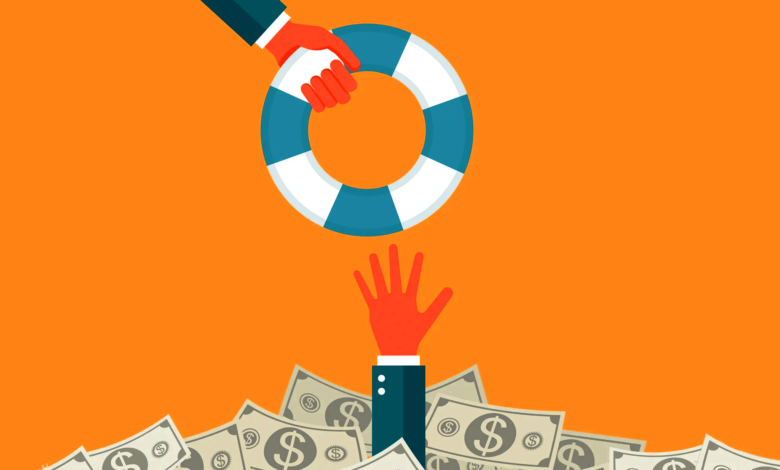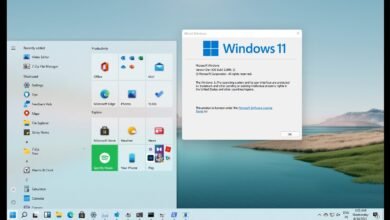What You Should Know About Pandemic Debt Relief

There are several options for consumers looking to get help with their debt, understanding the different types of options, costs, and requirements. Pandemic Debt Relief is one of the most popular options and should be considered if you need debt relief.
Read More: Field Service Software for Small Business: Maximize Growth
Options
Financial institutions can help affected consumers find a plan that suits their needs. Many financial institutions, such as Priority Plus Financial, have already announced several options, including lowered monthly payments, late fee relief, and temporary lower interest rates. If your creditor isn’t on this list, contact them directly to inquire about your options.
A suspension of debt service payments frequently accompanies these. These programs can assist governments in addressing their debt issues.
Requirements
The government’s debt relief efforts during the COVID-19 pandemic were well-targeted, helping to reduce economic distress for millions of Americans. But, as of May, sixty percent of borrowers who had entered debt forbearance have exited it. This poses a policy question, as the mandatory debt forbearance program will end at the end of September.
Governments should provide clarity and flexibility regarding financing debt relief programs. Using earmarking instruments may limit the flexibility of governments. Debt relief programs should be based on the needs of the affected population. The government should ensure that existing credit lines are fully up-to-date.
These nations are also considering other measures to help vulnerable nations avoid financial crises. However, this process may not happen immediately.
Costs
Debt relief policies are designed to minimize or eliminate the costs associated with default. This includes the cost of losing a home and lowering credit scores. The costs of default range from economic to social and psychological. For example, foreclosure can lead to negative psychological impacts.
While debt relief is essential for many countries, it is not a panacea. The rising costs of global interest rates and a high level of indebtedness will make it difficult for governments to service their debt. In addition, inflationary pressures in advanced economies will force central banks to raise interest rates. This will make it harder for developing countries to refinance foreign currency debt.
To alleviate the situation, the G20 announced a DSSI in 2020 and 2021. This program will provide deferrals for official debt services for 73 low-income countries. This program is designed to reduce the overall debt distress of vulnerable nations while assuaging creditor demands. The total amount of relief will be $6 billion and $7 billion in 2020 and 2021.
Read More: 5 Digital Marketing Tips for Small Business Owners
Availability
In the wake of the COVID-19 crisis, many financial institutions announced options to help consumers deal with the crisis. These options included lowered monthly payments, relief from late fees, and temporary lower interest rates. In addition, the Federal Deposit Insurance Corporation provided a list of financial institutions that guided the crisis.
The United States has negotiated a plan with global lenders called the Debt Service Suspension Initiative. The agreement allows 73 low-income countries to suspend their debt payments to G20 governments, which includes the U.S., PRC, and Paris Club governments, through the end of 2020. This will free up funds for governments to spend on COVID-19-related health needs.











